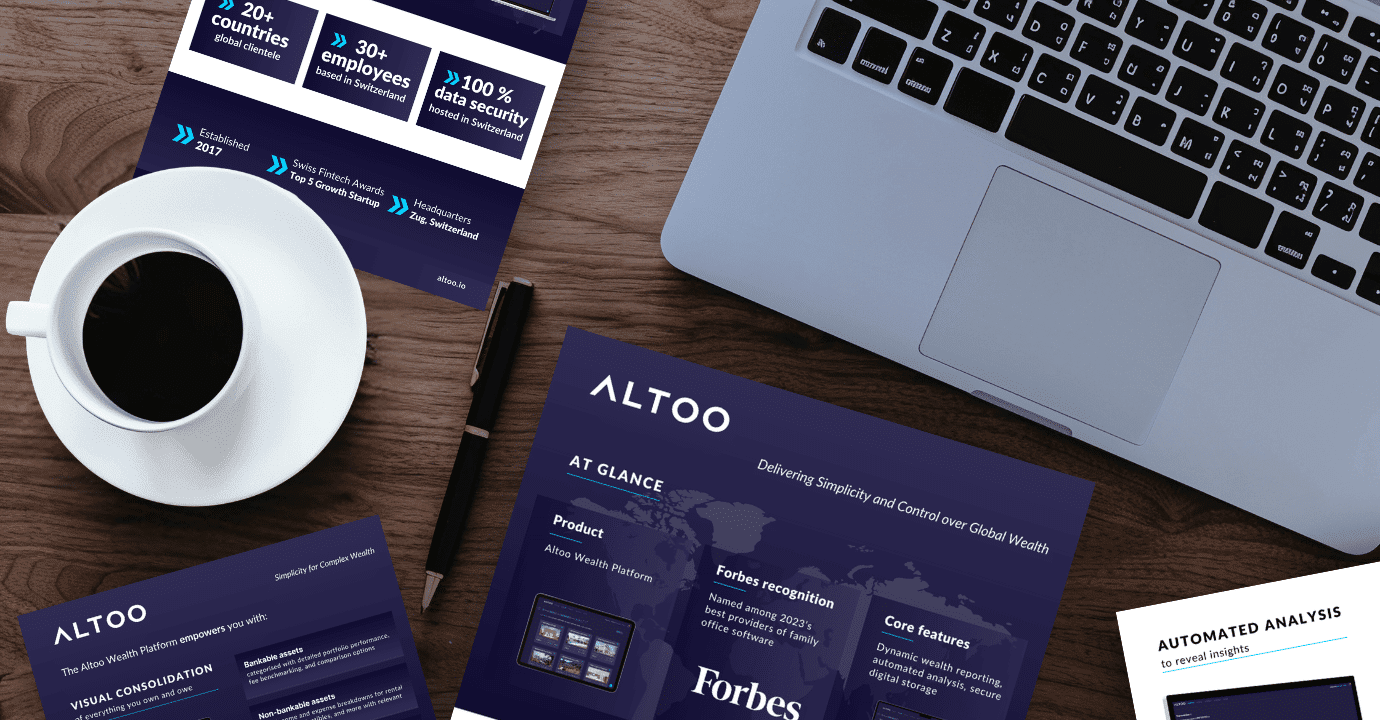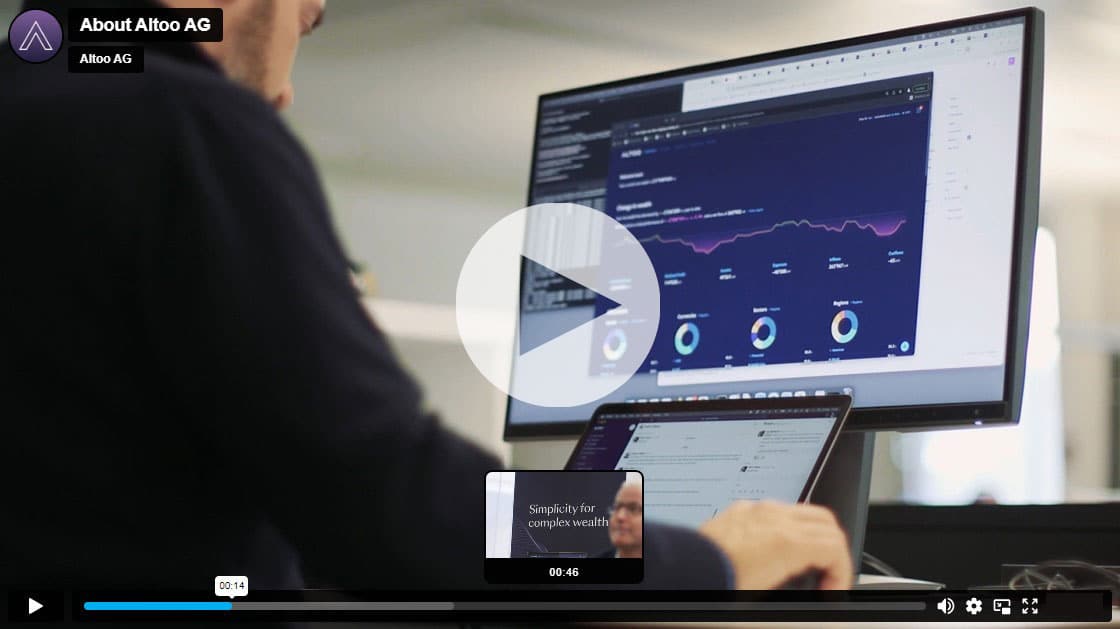Distance Is Now an Operational Variable
Supporting non-domiciled family members is a top priority for 85% of family offices, according to the Campden Wealth/AlTi Tiedemann Global Family Office Operational Excellence Report 2025.
To deliver on this priority, yesterday’s operational playbook doesn’t hold up. For example, quarterly family meetings can’t be held over lunch as easily. Document reviews may take place across different time zones. And the window for time-sensitive decision-making is smaller; by the time everyone’s awake and aligned the opportunity may have closed.
Expanding is one way to address this friction that distance introduces. According to Deloitte’s 2024 Family Office Insights Series, 28% of family offices have done so and now maintain multiple branches globally. Clearly, proximity still matters for certain aspects of wealth management.
But for families with highly mobile members, even multiple branches won’t solve the fundamental challenge of keeping everyone working from the same information when they’re not in the same place.
Elevate Your Wealth Game: Empowering UHNWIs for Simplified Asset Management. Altoo Platform Preview
The Technical and Human Sides of Cross-Border Complexity
Consider the example of the Dubai-based patriarch. He might need reporting structured for local regulatory context, while his heirs in London and New York need to see everything denominated in pounds and dollars, respectively. Same underlying assets, three different reporting requirements.
Beyond reporting formats, individual preferences around receiving information multiply the complexity. The patriarch in Geneva might prefer scheduled video calls with the family office director. His daughter in New York might want to check performance dashboards between meetings. When family members are distributed globally, you can’t adjust your communication style based on reading the room or have a casual face-to-face conversation that clarifies what someone actually wants.
The challenge multiplies across generations. Older family members often prefer comprehensive written reports they can review at leisure. Next-generation members expect mobile interfaces and real-time data. Both groups deserve appropriate service, but delivering it requires systems flexible enough to accommodate radically different engagement preferences without creating separate operational workflows for each stakeholder.
All of these various requirements and preferences are reasonable individually, but collectively they create significant operational overhead. Family offices end up producing multiple versions of the same information, customised for different audiences in different locations. One solution might be to force everyone to accept a single standardised report, but this approach fails to serve anyone well and ignores the legitimate differences in how distributed family members need to interact with their wealth.
How Global Coordination Consumes Resources
Geographic distribution doesn’t necessarily mean more costs, but it makes the use of existing resources less efficient. According to J.P. Morgan’s 2024 Global Family Office Report, the average family office spends $3.2 million annually on operations, with 60% of that tied directly to staff compensation and benefits.
The resources absorbed by coordination don’t add strategic value. A family office spending significant staff time scheduling meetings that accommodate Dubai mornings, London afternoons, and New York early mornings is doing logistics, not wealth planning. The same applies to chasing down approvals across time zones or manually reconciling conflicting stakeholder requests. Think of these as coordination taxes imposed by distance.
The Succession Challenge Made Even Worse
Here’s an uncomfortable reality: 41% of family offices lack succession plans, according to Deloitte’s 2024 research. Worse, 30% say the next generation isn’t prepared to take over. Geographic distribution makes both problems more acute.
When the next generation grows up in different countries from where family wealth is managed, preparation becomes harder. You can’t take heirs to bank meetings. They can’t shadow family office operations casually. Everything requires structured coordination — usually involving technology — to bridge the gap. For example, video calls replace office drop-ins and virtual presentation-based discussions replace hallway conversations.
Here, the point is to provide next-generation family members with appropriate access to wealth information, scaled to their role and readiness. Not full visibility immediately, but enough transparency to start building understanding. Customisable privilege systems let family offices grant different levels of access to different stakeholders, ensuring information flows to the right people without overwhelming or excluding anyone.
When Technology Becomes Infrastructure, Not Nice-to-Have
The families who manage this complexity best aren’t spending more time and effort on spreadsheets. They’re working with better infrastructure. Modern wealth platforms enable stakeholders to access current information regardless of location, eliminating the manual reporting burden that geographic distribution can create.
The difference shows up clearly in adoption outcomes. Deloitte’s research found that family offices with moderate to extensive technology adoption report 87% satisfaction levels, compared to just 66% for low-level adopters. This satisfaction is not about technical features; it’s about the value family members gain from being able to access the information they need wherever and whenever they need to.
That being said, there is no one technological recipe to boost family office satisfaction scores. Different operational needs demand different capabilities. Some family offices prioritise secure communication channels that enable confidential discussions across borders. Others need role-based access systems that give each family member appropriate visibility without overwhelming them with detail. Most need both.
Building for a Distributed Reality
The solution to the distance challenge is not bringing everyone back to the same location. The wealthy families of today are global and will likely be even more global as the digital era progresses. The solution is to embrace digitalisation with infrastructure designed for distributed operations from the ground up.
The Altoo Wealth Platform provides this infrastructure, giving all family members and family office professionals a comprehensive, consistent view of the family’s wealth picture. Role-based access controls let decision-makers grant appropriate visibility to family members, advisors, and other stakeholders based on need-to-know principles. Secure in-app messaging enables confidential communication within an encrypted environment.
When stakeholders can access current, accurate information from anywhere, family offices shift from logistics coordination to strategic guidance. That’s not a small operational improvement. It’s the difference between managing distance and transcending it.
Contact us to learn more about how Altoo helps family offices serve globally distributed families with secure, role-based wealth visibility.









